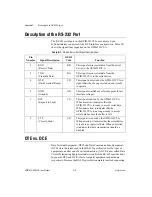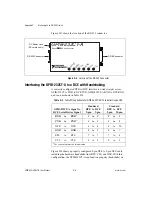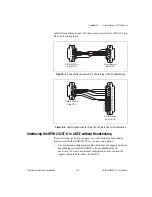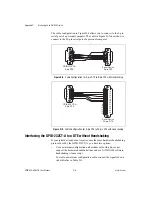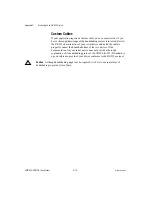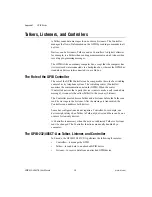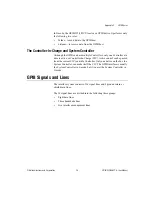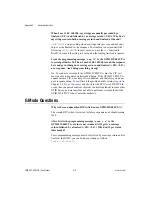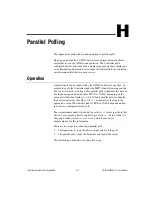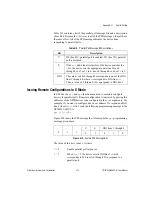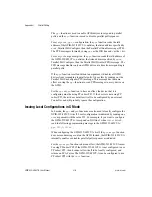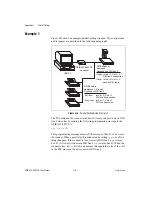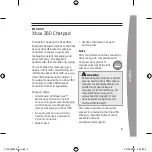
©
National Instruments Corporation
F-1
F
GPIB Basics
This appendix contains information about how the GPIB operates,
including information about GPIB messages, the roles of Talkers,
Listeners, and Controllers, GPIB signals and lines, and connecting and
configuring devices on the bus.
The ANSI/IEEE Standard 488.1-1987, also known as GPIB (General
Purpose Interface Bus), describes a standard interface for communication
between instruments and controllers from various vendors. It contains
information about electrical, mechanical, and functional specifications.
The GPIB is a digital, 8-bit parallel communications interface with data
transfer rates of 1 Mbyte/s and above. The bus supports one System
Controller, usually a computer, and up to 14 additional instruments. The
ANSI/IEEE Standard 488.2-1992 extends IEEE 488.1 by defining a bus
communication protocol, a common set of data codes and formats, and a
generic set of common device commands.
Types of GPIB Messages
The GPIB carries device-dependent messages and interface messages.
•
Device-dependent messages, often called data or data messages,
contain device-specific information such as programming instructions,
measurement results, machine status, and data files.
•
Interface messages manage the bus. They are usually called commands
or command messages. Interface messages perform such tasks as
initializing the bus, addressing and unaddressing devices, and setting
device modes for remote or local programming. Appendix B,
, lists the GPIB command messages.

